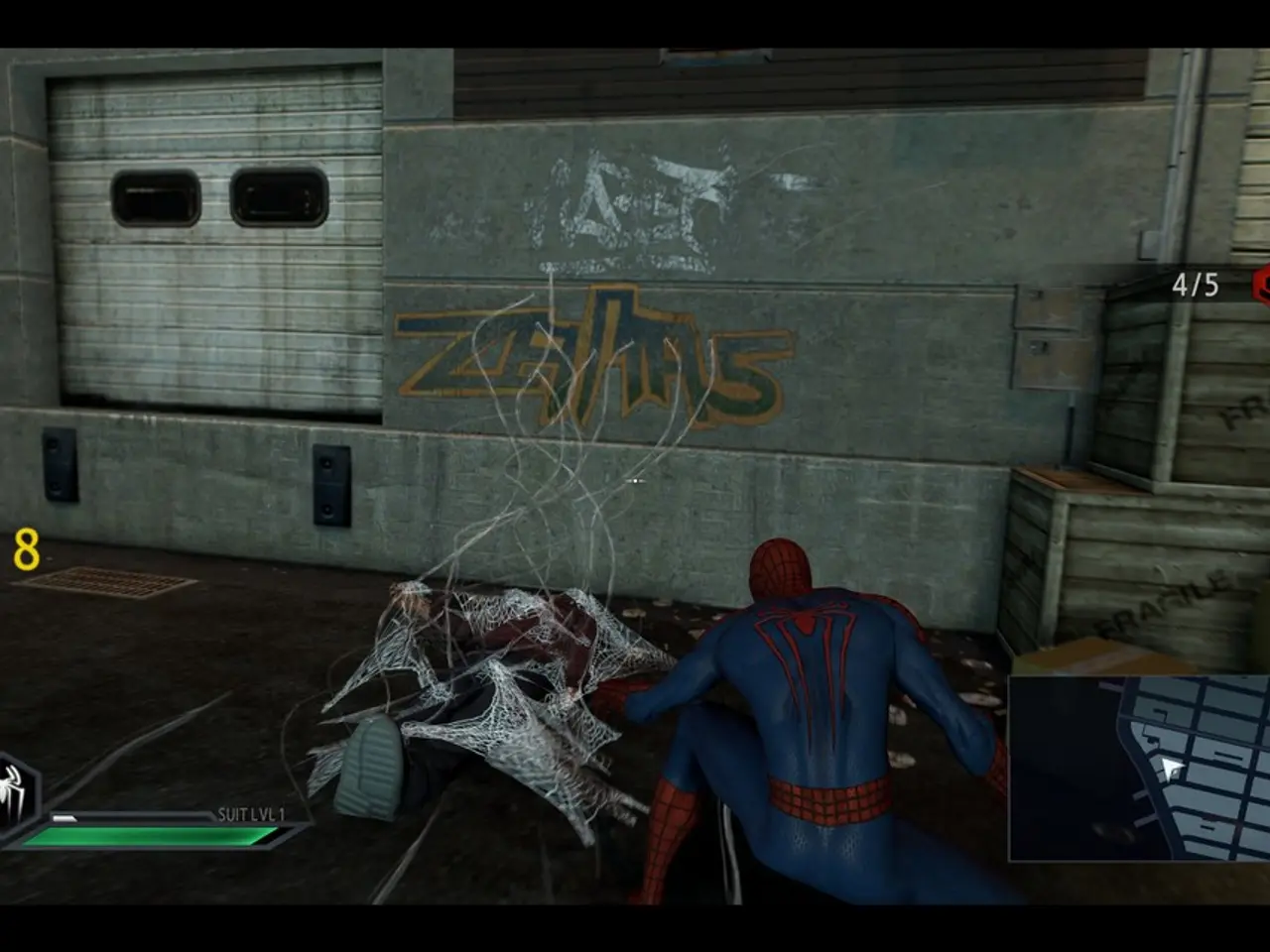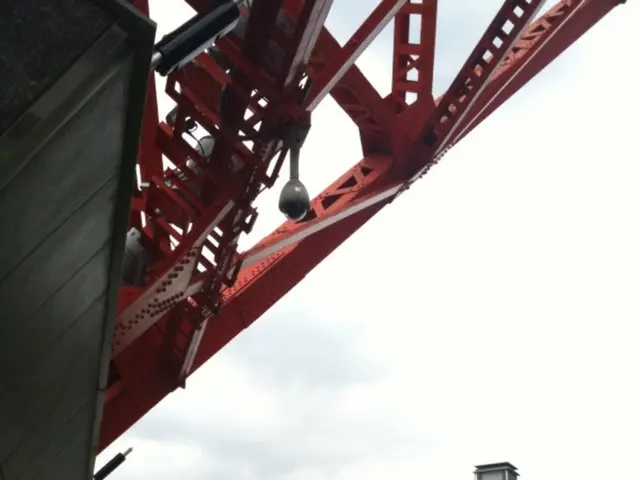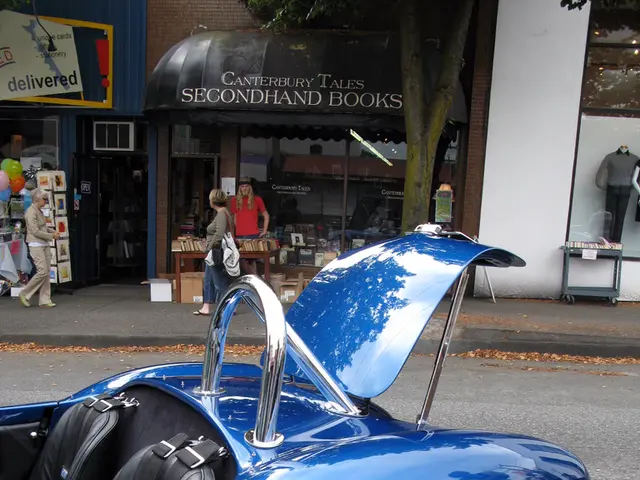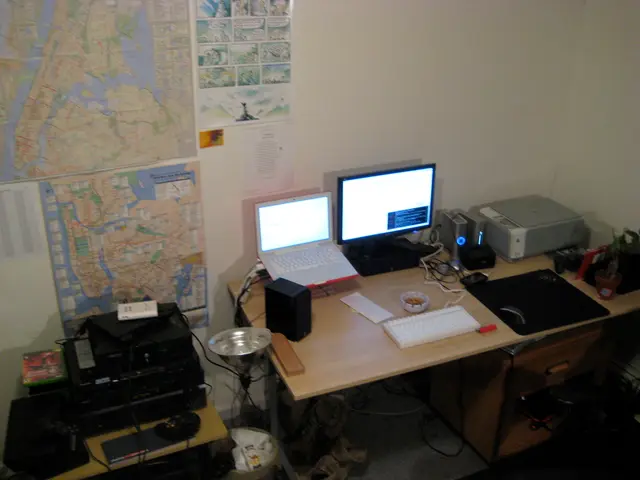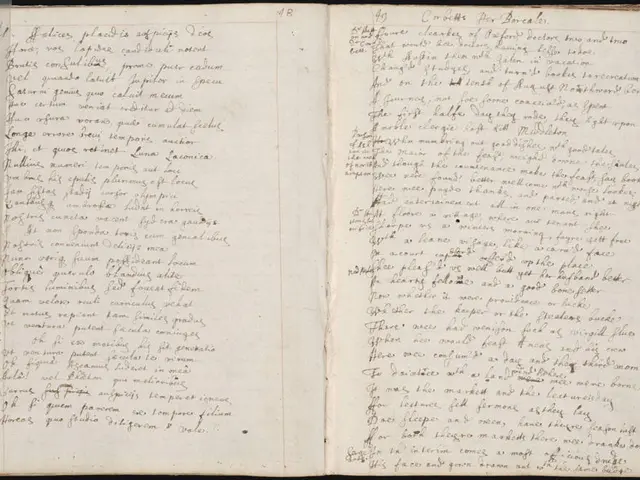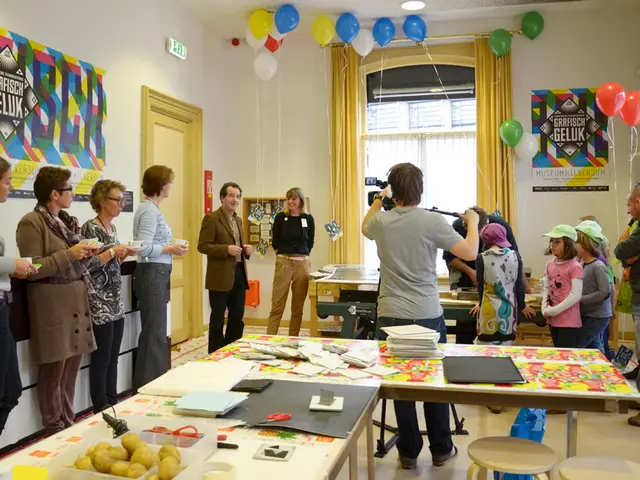'80s Psychological Thrillers Marshalling an Aesthetic of Analogue Unease
In the realm of cinematic suspense, the 1980s stood as a golden era for psychological thrillers. These films, with their reliance on analog technology, practical effects, methodical pacing, and immersive atmosphere, created an unsettling allure that remains distinct from today's digital-heavy productions.
One such example is Brian De Palma's "Dressed to Kill" (1980), a psycho-sexual thriller that showcases De Palma's masterful command of suspense through purely cinematic means. The notorious museum sequence and elevator murder scene are testament to this, building tension through grainy film stock, practical violence, and suggestive editing.
Similarly, Sidney J. Furie's "The Entity" (1982) takes an almost documentary-like approach to the supernatural. The film grounds the impossible in a tangible reality, using practical effects to make the assaults on Barbara Hershey's character terrifying. Lights flicker, furniture moves, and there are physical impacts on her body, all contributing to a sense of palpable dread.
Stanley Kubrick's "The Shining" (1980) is another standout. Kubrick brilliantly uses the physical environment to create psychological terror, with Jack Nicholson's gradual descent into madness being a key element. The film uses practical effects to give the supernatural elements a disturbing realness that CGI can't replicate.
The film "Fatal Attraction" (1987) remains a standout for its raw depiction of how quickly casual decisions can escalate into life-altering chaos. The movie heightens tension in its portrayal of vulnerability in a pre-digital world where personal space can be easily invaded.
Brian De Palma's "Blow Out" (1981) centers on analog devices like tape recorders and magnetic tapes that become integral to the plot's suspense. The need to rewind tapes, the risk of evidence degradation, and the manual nature of the technology contribute significantly to the story’s tension.
Moreover, the cultural context of the era—with real-world anxieties of crime and social tension—also contributed to the films' lasting uneasy impact by mirroring contemporary fears and paranoia. The striking use of color and sound design, as seen in films like "Suspiria" (1977), also added to this unsettling nature. Technicolor violence and a disturbing soundtrack create a sensory assault that lingers psychologically long after viewing.
In summary, the use of analog technology and physical props, grainy film and practical effects, methodical pacing, sound design, and realistic environmental cues in 1980s psychological thrillers create a tactile, vulnerable, immersive tension that unfolds naturally and feels more grounded. These factors, combined with their reflection of real-world cultural anxieties, make 1980s psychological thrillers uniquely unsettling compared to the more digital, CGI-heavy modern equivalents.
